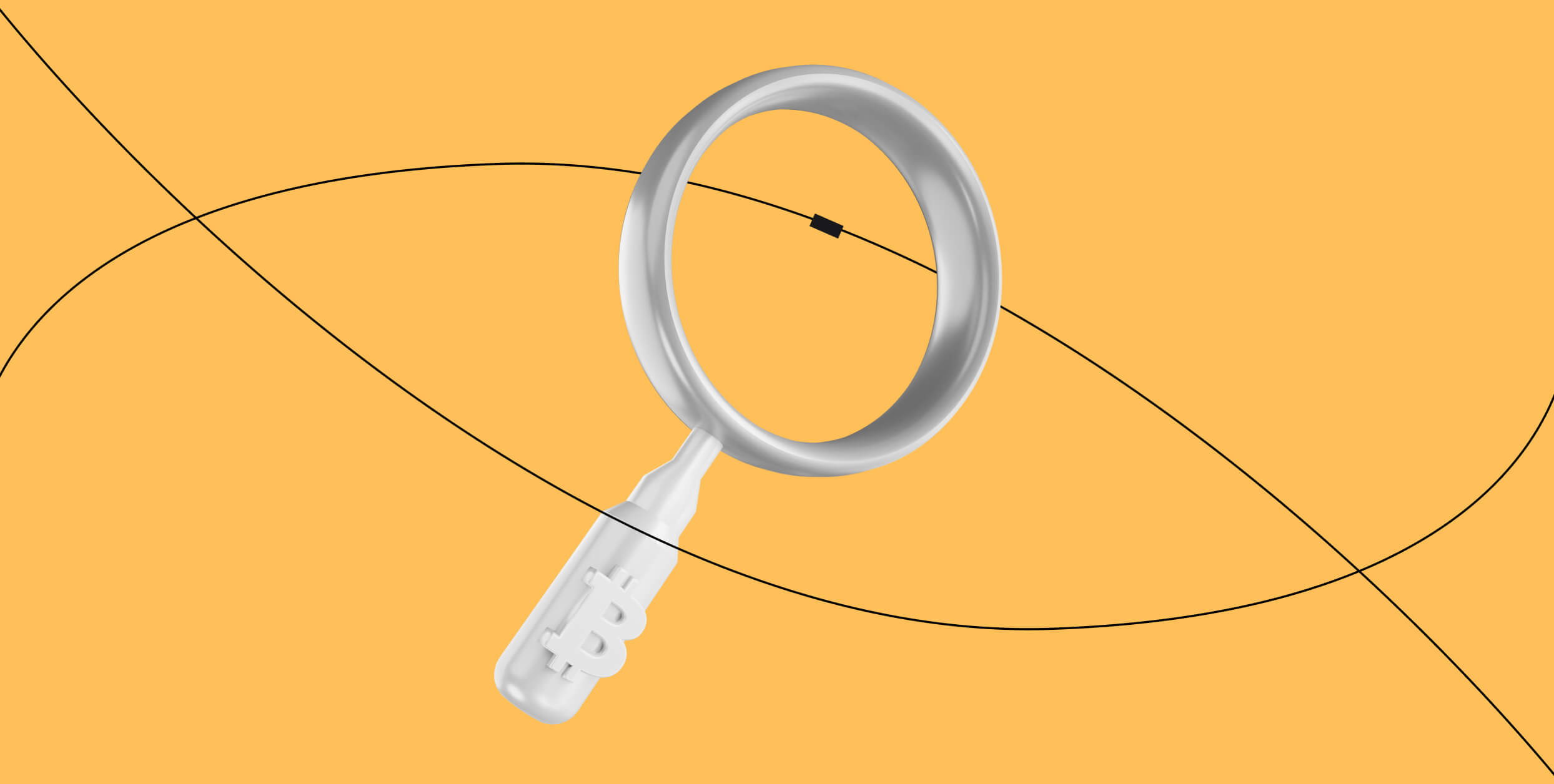With the continued interest in NFTs, the US Treasury’s latest study assesses the risks. Crystal’s Head of Compliance and Regulatory Affairs, Hedi Navazan takes a closer look at the details.
Inherent Risks Associated with High-Value Art
Several characteristics associated with high-value art make it attractive for money laundering and the financing of terrorism. These characteristics are:
- The high value of art compared to other retail goods and commodities,
- The opaque nature of the high-value art market,
- The transportability of certain types of artworks,
- The difficulty faced by law enforcement agencies to monitor such movements and assess the value of the artwork, and
- The involvement of third-party intermediaries to act on behalf of their client while the identity of the client remains anonymous.
As the value of art is subjective, a piece of art can be sold or purchased at will, using shell companies or FTZs storage facilities (especially in cross-border cases). Potential bad actors, money launderers and tax evaders may manipulate the price of the artwork and hide the exchange of illicit funds.
Emerging Digital Art Market and NFTs
Recent innovations such as DLTs (distributed ledger technology) and NFTs (non-fungible tokens) have brought new digital and global art market opportunities.
NFTs are blockchain-based digital unique units that are managed by smart contracts and are publicly verifiable. The transactional value of an NFT can fluctuate subjectively depending on a buyer and seller exchange. The inherent risks of NFTs being used for money laundering schemes can be identified in self-laundering schemes where criminals may purchase an NFT with illicit funds and transact with themselves to create sales records on the blockchain.
Eventually, the NFT can be sold to an ordinary and unwitting individual who has no prior knowledge of the previous crime nor the source of funds. The other scheme worth highlighting here is to have direct peer-to-peer transactions of NFT which the transactions may or may not be recorded or traceable on a public ledger.
Mitigating Risk Factors in High-Value Art
Institutional art market participants such as auction houses and galleries can conduct due diligence on the potential buyers and sellers, which would safeguard both their reputation and credit risks. These institutions can collect enough information to ease the concerns of ML risks in the art market. However, illicit actors may attempt other ways to launder money hence due diligence could be considered as one of the mitigating factors.
Some Likely Future Measures For NFTs
To address the identified risks, the US Treasury recommends the industry consider several regulatory and non-regulatory options as the following:
- Encouraging the creation of private sector information-sharing programs to bring transparency among art market participants.
- Updating guidance and training for law enforcement, customs enforcement, and asset recovery agencies.
- Using FinCEN recordkeeping authorities to support information collection and enhanced due diligence.
- Bringing art market participants under the AML/CFT legal framework and obligating them to create and maintain AML/CFT programs.




